6 ways to figure out your foot fails. Part 1

Contents
• Foreword
• Causes of foot pain
• Diagnosing foot problems
Feet play an essential role in the human body: they provide shock-absorption, softening the impact of walking and protecting our spine and joints from overload.
Causes of foot pain
In most cases, foot pain is caused by overtraining, fractures, or pathologies of tendons and joints. Athletic activities put a lot of stress on your feet, which may lead to a wide range of injuries. Not enough rest or the wrong exercise technique could result in fractures, tendonitis, or muscle ruptures.
However, there are other factors contributing to foot problems:
• Poorly fitting footwear
• Inflammatory processes
• Nerve entrapment
• Arthritis, and so on.
Diagnosing foot problems
Pain along the Achilles Tendon, which is located in the posterior part of the foot, may be a sign of achillobursitis. This condition is caused by overexertion of the tendon, for instance by prolonged static and dynamic exercise, due to excessive weight, or uncomfortable footwear. Achillobursitis may lead to the development of severe pyoinflammatory processes.
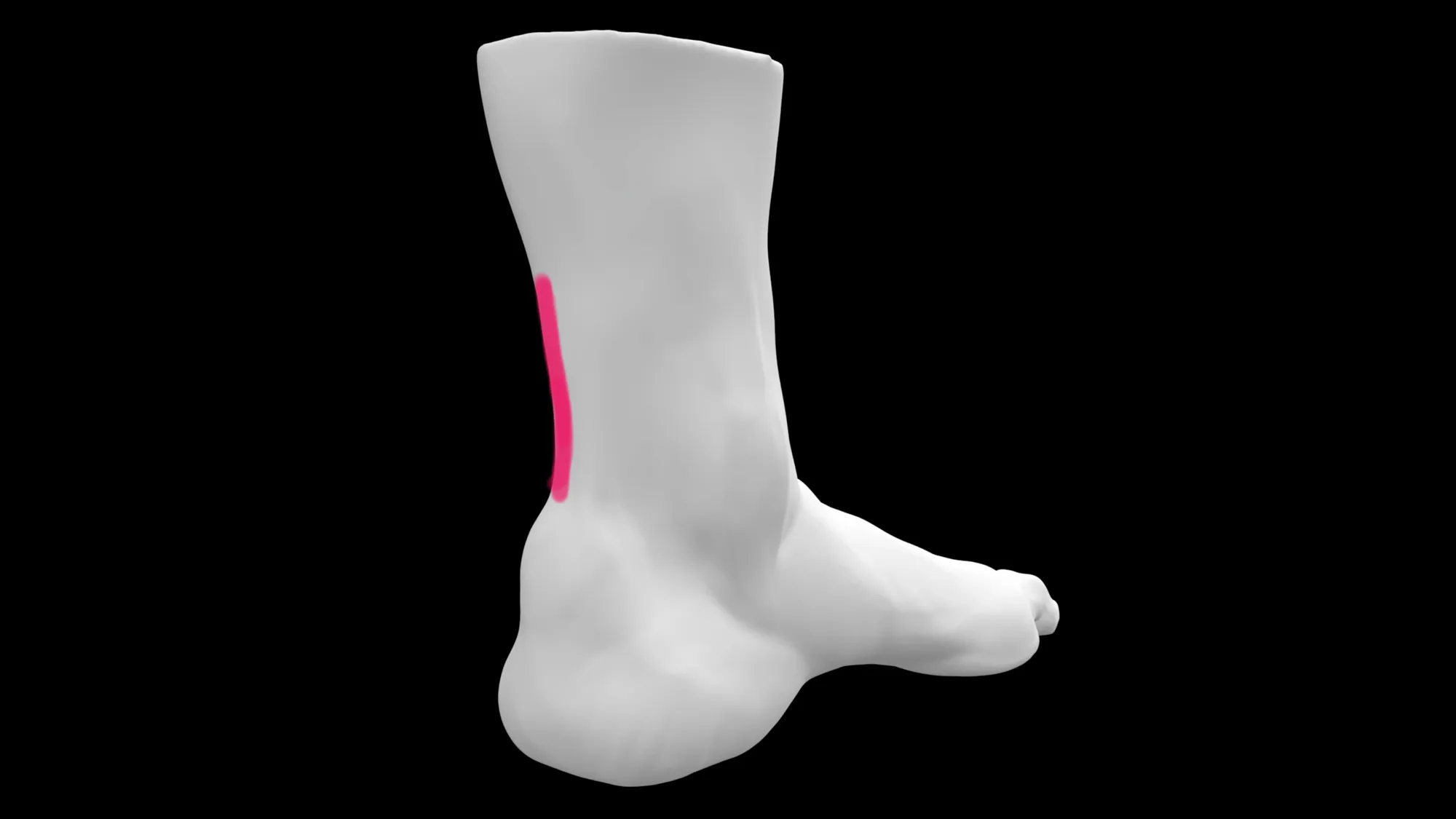
Pain in the attachment point of the Achilles Tendon attests to its overuse. This pain syndrome, achillodynia, results from an inflammation of the Achilles tendon because of poor exercise technique or excessive weight. Without proper treatment, the condition may lead to such complications as an abscess or tendon disinsertion.
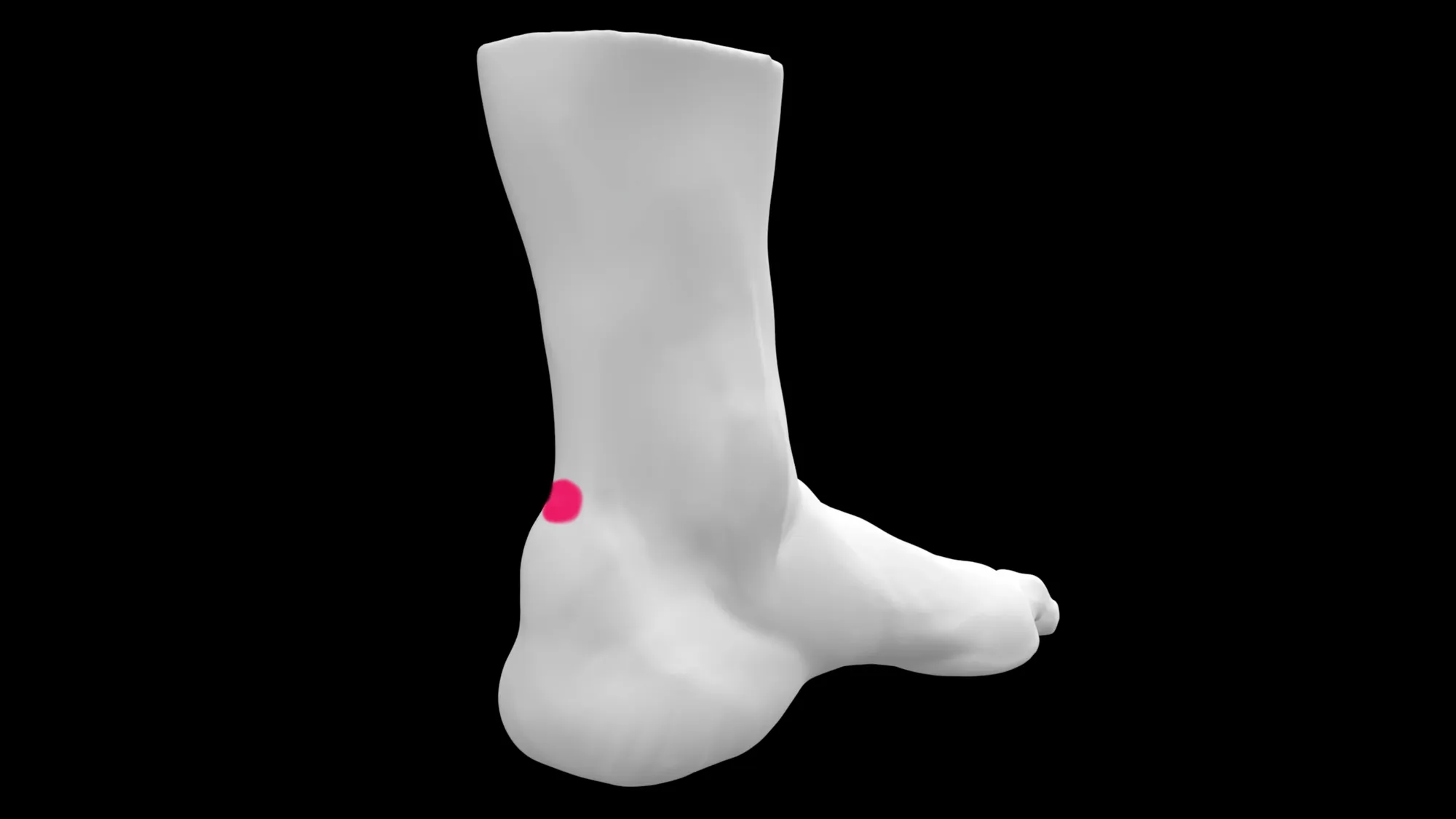
Heel pain can be a symptom of the Haglund Deformity, with results in reduced blood supply of the heel area and pain in the posterior heel. The majority of patients are children who do a lot of sports. The condition requires thorough diagnostics, including a radiograph of the calcaneus in two projections, a consultation of an orthopedic traumatologist, and appropriately limited exercise.
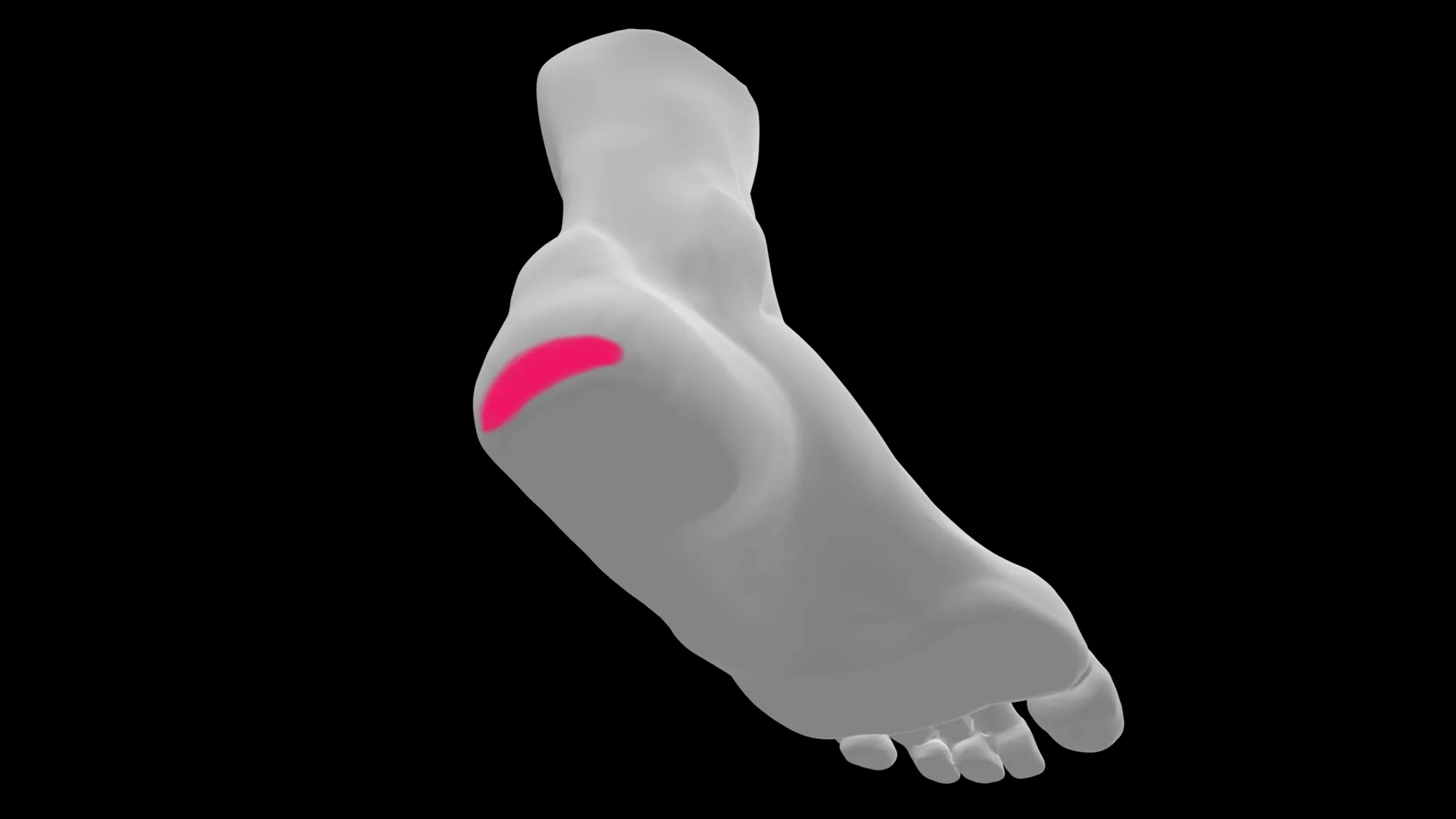
Pain in the center of the heel may indicate Heel Bursitis, an inflammation of the fluid-filled cavity above your heel bone. Patients with this syndrome experience pain with their first steps in the morning. The condition is often caused by excessive exercise – walking or running – or footwear with a rigid heel.
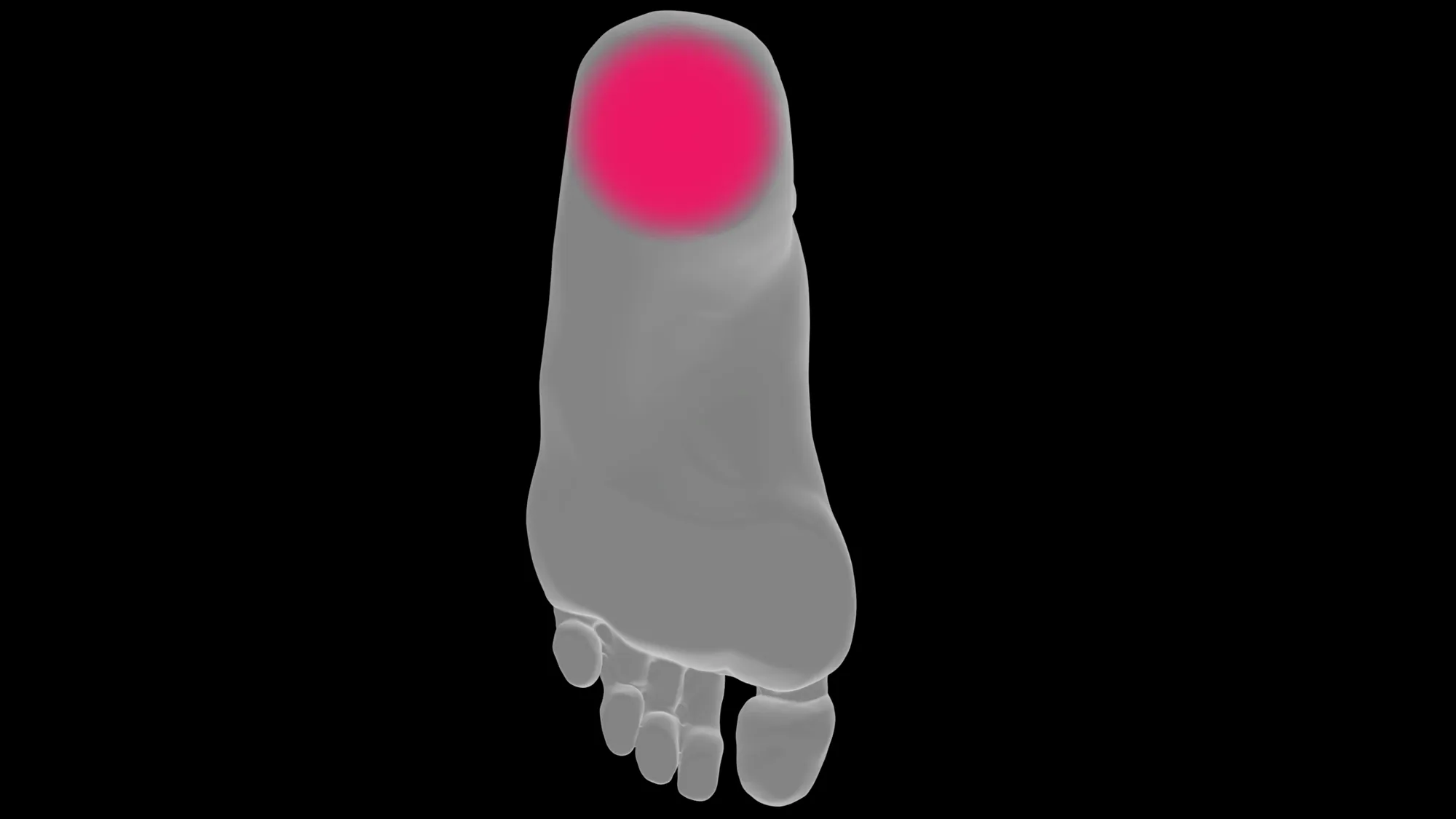
The other variety of heel bursitis is Plantar Fasciitis, which manifests as a stabbing pain in the bottom of your foot near the heel. Its possible causes include sedentary lifestyle, obesity, maintaining a sitting position for too long, and wearing high-heeled shoes. The syndrome frequently occurs in runners and dancers.
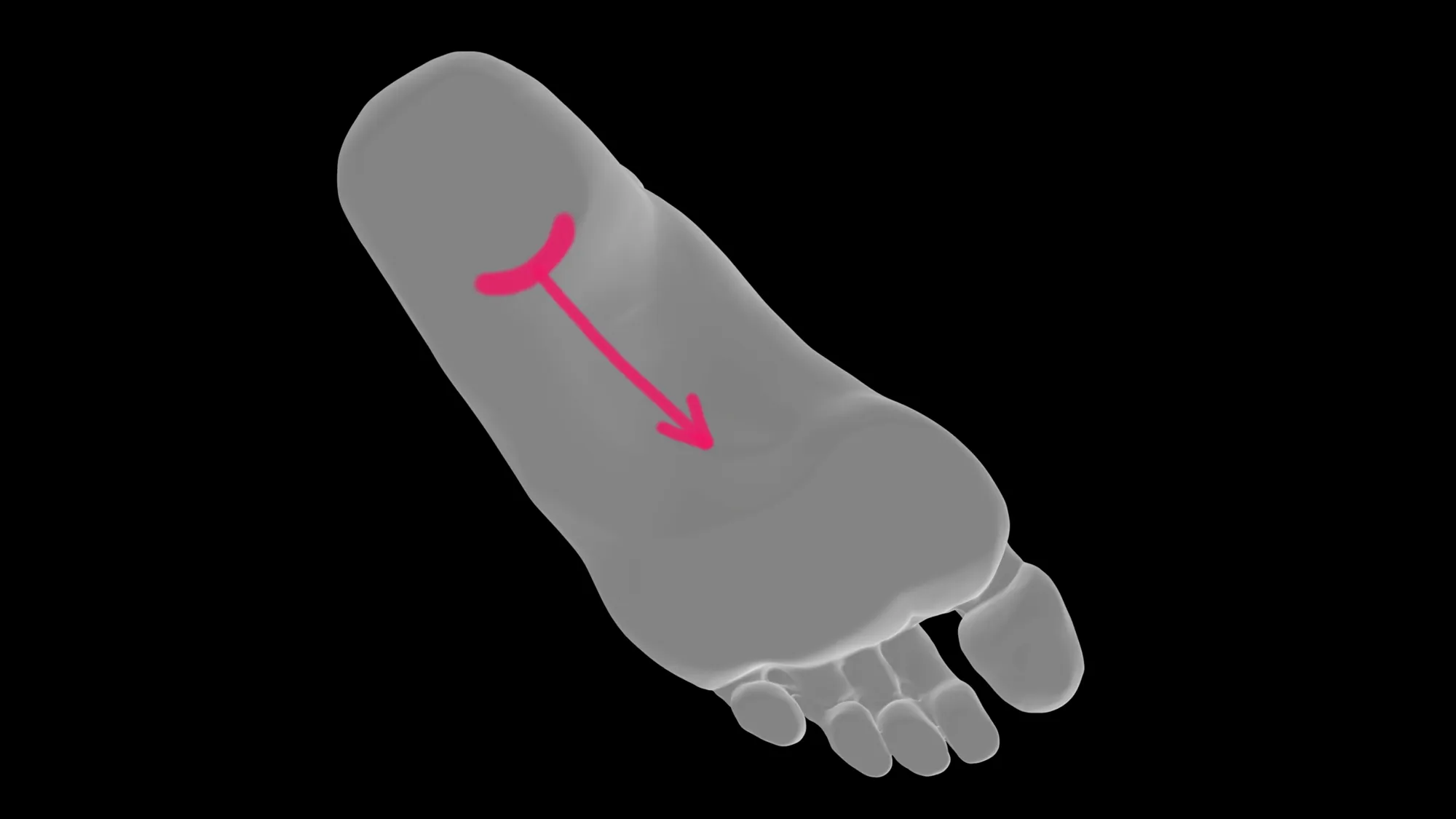
Pain in the sole of the foot near the toes is symptomatic of Intermetatarsal Bursitis, often caused by overexertion and shoes with thin, inflexible soles.
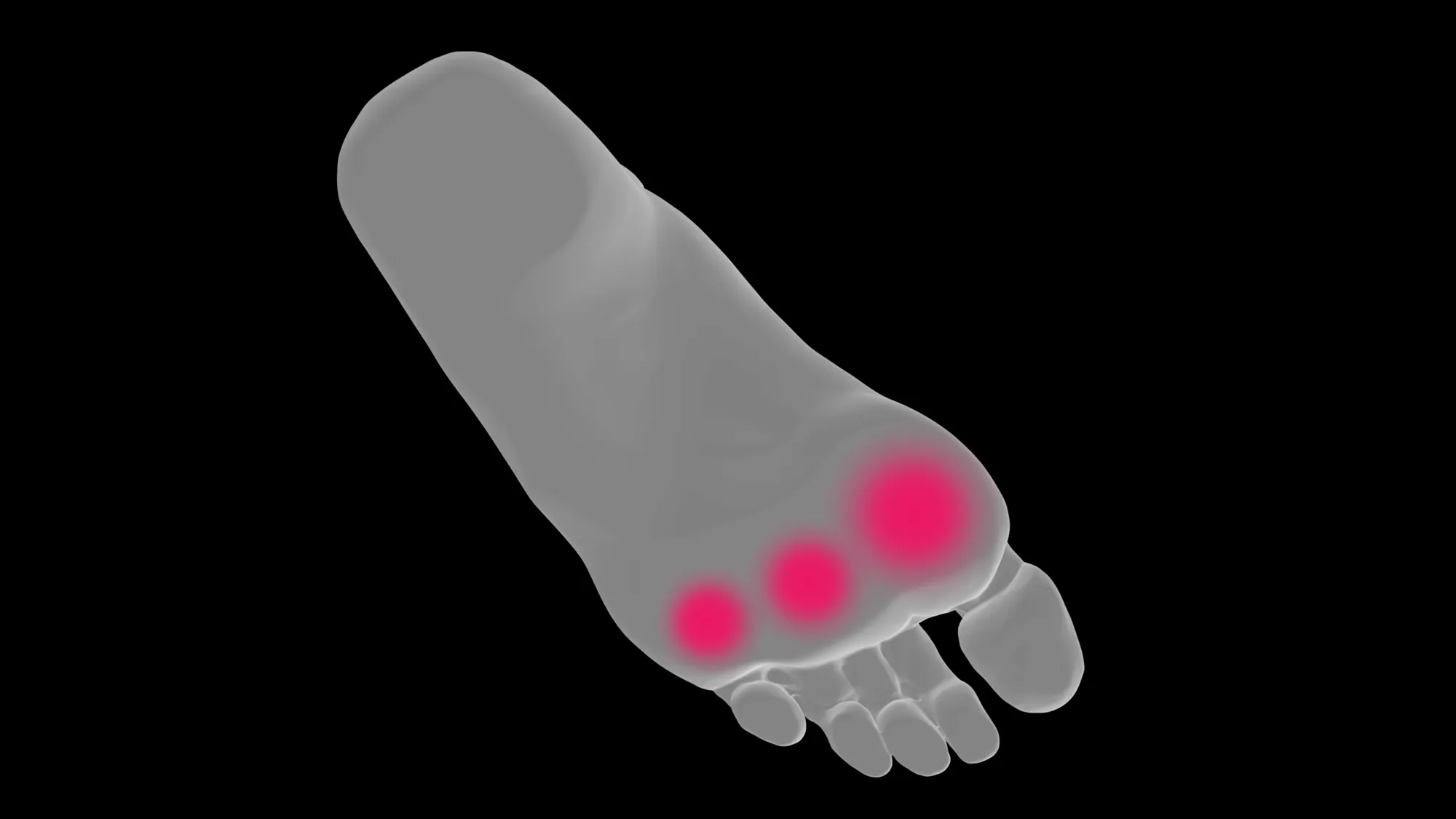
Self-treatment is not advisable. Should you experience any of the described symptoms, it is always best to consult a doctor for diagnosis and treatment to avoid the risk of developing a severe condition.
Sources: